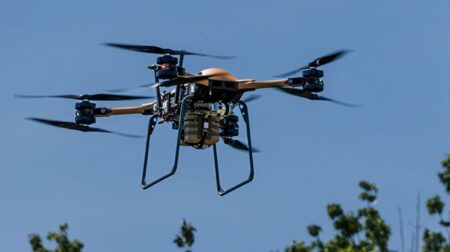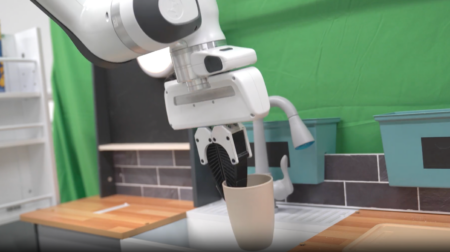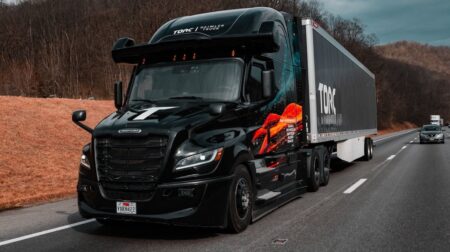Boston Dynamics has unveiled its all-new electric Atlas humanoid robot, which succeeds its hydraulic predecessor, with the aim of revolutionising the robotics industry.
With a warm yellow light on its faceplate, the electric Atlas marks a significant advancement in humanoid robotics and promises real-world applications and enhanced capabilities, the robotics company explained.
Leveraging years of R&D and practical experience, the transition to an electric Atlas model signifies a strategic shift for the firm, with this design emphasising real-world utility through collaboration with industry partners like Hyundai.
The Hyundai collaboration is set to provide a testbed for new Atlas applications, particularly in automotive manufacturing.
Key features of the electric Atlas include increased strength, broader range of motion and advanced gripper variations, enabling it to handle diverse manipulation tasks compared with previous iterations.
Additionally, Boston Dynamics emphasised the importance of software development, highlighting advancements in AI, machine learning and fleet management software like Orbit.
Tools and techniques such as reinforcement learning and computer vision were also used to ensure the new Atlas model can adapt to dynamic and complex real-world situations.
The humanoid form factor of Atlas is intended to optimise the machine for navigating human-designed environments, though it can reportedly “exceed human capabilities” and “moves in the most efficient way possible to complete a task”.
Boston Dynamics emphasised the robot’s ability to move efficiently and adapt to complex tasks, focusing on its agility and dexterity compared with previous generations.
Through its commitment to innovation and collaboration, Boston Dynamics seeks to redefine the role of humanoid robots in various industries.








